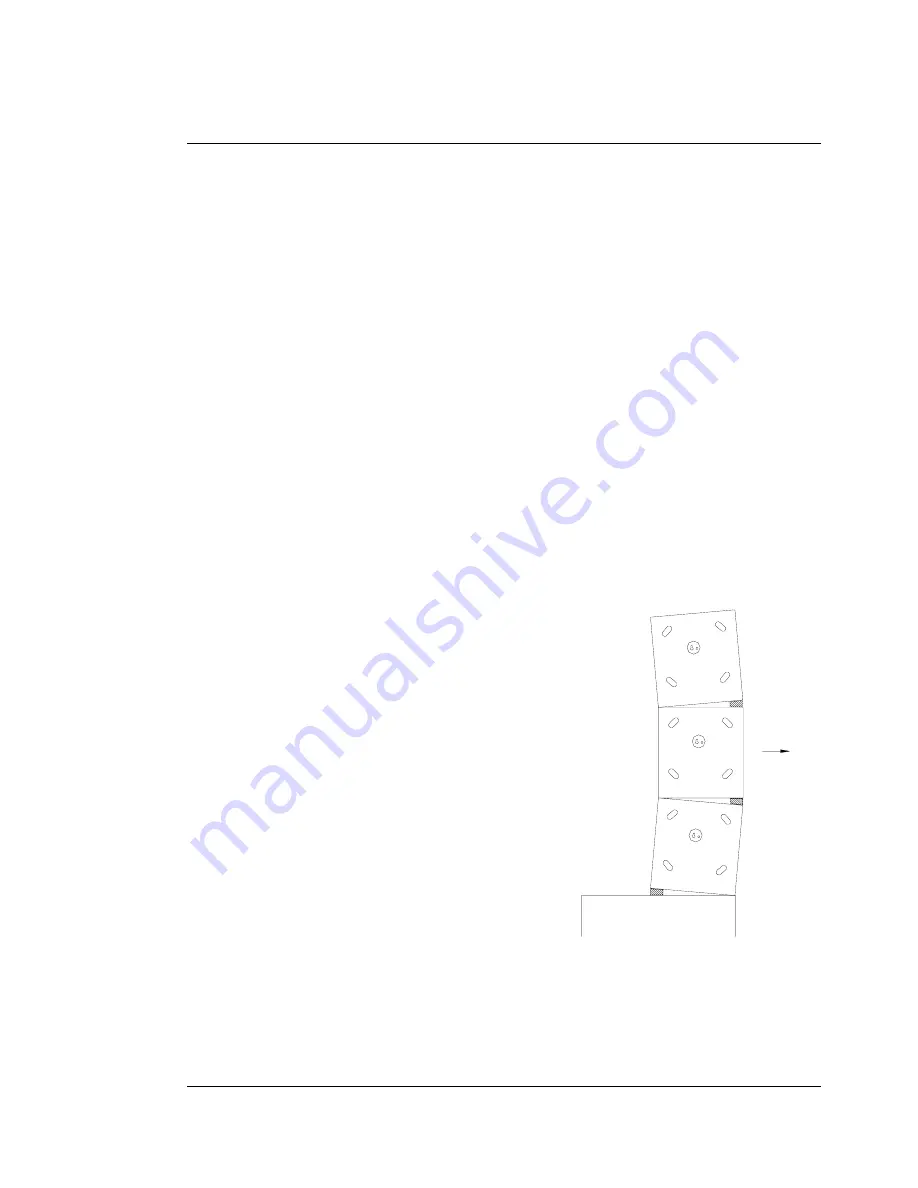
user manual
TFS-780
TFS-780 user manual
Page 25
STAGE
Ground stacking
In certain situations, indoors or outdoors, it may not be possible to fly any part of the system.
In this case, the same general rules apply as for flown arrays. High packs should be kept well
above head-height and angled carefully for even coverage. Small wood blocks may be used
to tilt cabinets upward for raised audience areas and downward for the floor areas, with the
locating biscuits being used for stability. Suitable wood blocks should always be carried for
this purpose.
In general, the wider dispersion Floodlight enclosures should be used for close range ground
stacked applications, i.e. to cover the nearest audience areas. Flashlight enclosures may be
used to cover the more distant areas from positions at the top of the stacks, where their high
Q (narrow dispersion) is ideal for
long throw applications. Flashlight should not be stacked
directly on top of Floodlight as this arrangement is potentially unstable due to the difference
in cabinet sizes and centres of gravity.
Vertical Dispersion Considerations
Tightly coupling a pair of cabinets with the upper one inverted
to place the HF drivers close together will result in reduced
vertical dispersion and a higher level on axis which can improve
the projection in long throw situations, but this orientation is
normally unsatisfactory with Flashlight due to the asymmetric
nature of the cabinet. However experimentation with Floodlight
can produce acceptable results although a general degradation
in performance may be apparent. When stacking cabinets on top
of each other the right way up you should use a spacer in
between the fronts of each cabinet to introduce some vertical
angle in the stack. Care should be taken to ensure that the stack
remains stable and using the biscuit slots will help to prevent
cabinets from sliding around.
















































